1. Powder Rooms
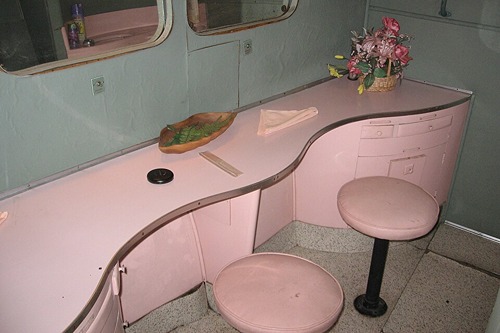
Powder rooms—those tiny, elegant half-baths near the front of the house—are often styled to impress. They tend to have fancy wallpaper, trendy vessel sinks, and decorative hand towels no one is supposed to use. The weird part? The people who live there rarely do.
These half-baths are primarily positioned and designed for visitors, not household members. Full bathrooms upstairs or off the kitchen are the ones that see the most daily use. Yet powder rooms get all the style points and guest attention. It’s like a decorative decoy bathroom.
2. Formal Living Rooms
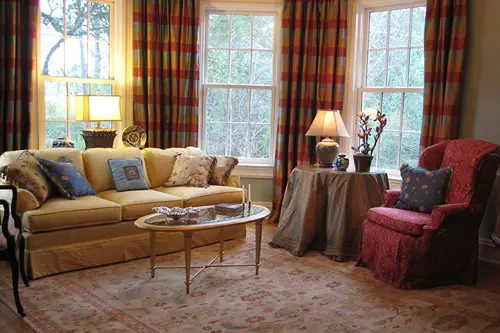
Ah yes, the classic “formal” living room—pristine, underused, and often roped off like a museum exhibit. Many older homes feature these decorative spaces that are meant to impress guests but rarely serve a functional role for the actual residents. Homeowners often find themselves gravitating toward cozier dens or open-concept family rooms instead. In truth, these rooms are more about showcasing status than offering comfort.
Despite being prime real estate inside a home, formal living rooms are often the least lived-in. They’re typically styled with furniture that looks nice but isn’t comfortable, and many families joke that they only use them during the holidays. Some modern builds have done away with the formal living room entirely, replacing it with multipurpose spaces. But in homes where they still exist, they remain more symbolic than useful.
3. Guest Bedrooms
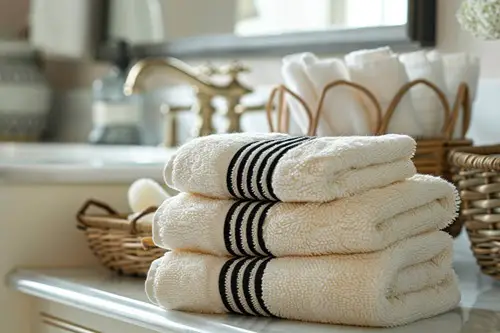
The guest bedroom is the sacred “just in case” space—immaculately made up and rarely slept in. Many people keep these rooms ready for visitors who might come once or twice a year, if that. Meanwhile, families living in the house might be cramming into smaller bedrooms or fighting over home office space. It’s a room that’s more about hospitality optics than everyday utility.
What’s ironic is that these spaces often collect dust more than memories. In smaller homes especially, the square footage could be better used as a playroom, craft studio, or second office. But cultural norms still encourage us to maintain this space as a badge of homeowning “readiness.” It’s hospitality theater, and we’ve all bought a ticket.
4. Formal Dining Rooms
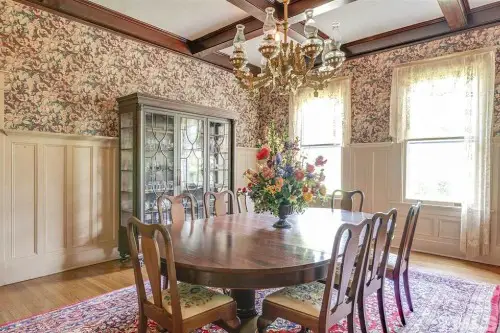
Much like formal living rooms, formal dining rooms are often more about form than function. They’re set with placemats and centerpieces that gather dust for 362 days of the year. Most families opt to eat in the kitchen, breakfast nook, or even in front of the TV. The dining room is saved for “company,” even though “company” might mean just one dinner a year.
Many newer homes are ditching them altogether in favor of open-concept kitchen/dining spaces. But traditional homes still include them because they convey a sense of elegance. Unfortunately, they often become clutter catch-alls when guests aren’t around. That grand table? Usually covered in unopened mail and school projects.
5. Front Entryways

The grand front entryway with soaring ceilings and a chandelier is a staple in many suburban builds. But most people who live there come in through the garage or side door. The foyer becomes a space reserved for guests and delivery drivers. Meanwhile, the actual functional entry gets none of the glam treatment.
Families tend to enter and exit through the door nearest their cars or mudrooms. That front entrance gets styled for curb appeal and first impressions, but it doesn’t reflect daily life. The fancy rugs and accent tables there? More for decoration than for actual convenience.
6. Guest Towels

You know the ones—fluffy, folded just so, and suspiciously unused. These “for guests only” towels live in the bathroom but are too fancy to be touched by the people who live there. Some households even have backup “real” towels they keep under the sink for daily use. It’s towel theater, and we’re all participating.
This tradition is about presenting your home as more luxurious than it actually functions. Often, these towels are white or embroidered, making them both hard to clean and impractical for real life. The irony is that guests often don’t use them either, unsure if they’re allowed. So they dry their hands on their pants and move on.
7. Decorative Soap

Right next to the guest-only towels is the decorative soap—often shaped like seashells or flowers. It looks lovely but is hard, dusty, and sometimes even glued to the dish. These soaps scream “I care about appearances,” but not necessarily about usability. Many guests won’t even use them for fear of ruining the arrangement.
Residents tend to rely on the practical pump soap by the sink—sometimes hidden behind the fancy stuff. Decorative soap is part of a broader culture of display over function. It’s there to create an illusion of luxury or thoughtfulness. But in reality, it’s just one more thing to clean around.
8. Outdoor Kitchens
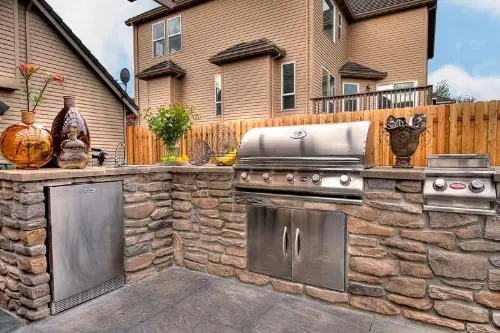
Outdoor kitchens are impressive, but let’s be real—they’re often more about entertaining others than feeding the family. They include built-in grills, pizza ovens, and even beer taps, but in many cases, they sit unused most of the year. The regular kitchen inside does 99% of the culinary work. The outdoor version exists to say, “Look how cool our parties are.”
For families with busy lives and multiple weather seasons, outdoor kitchens become seasonal luxuries, not daily staples. They’re fun to show off and use during barbecues or birthday parties, but they don’t replace indoor cooking. Maintenance alone can be a chore, especially in colder climates. It’s a feature designed to entertain—not to sustain.
9. Fold-Out Couches
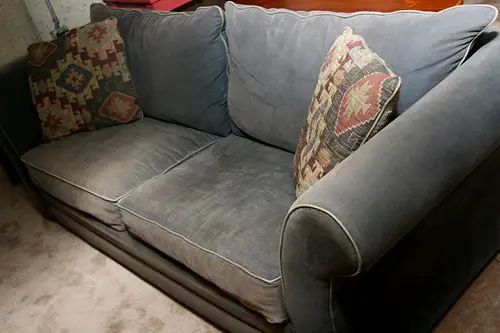
The humble fold-out couch is a fixture in dens and spare rooms—but rarely enjoyed by anyone sleeping on it. These were added with guests in mind, often at the expense of a better sleep solution or usable seating. They’re clunky to fold, notoriously uncomfortable, and almost never chosen unless someone else is in town. For many, they’re the backup bed no one actually wants to use.
While versatile in theory, in practice they offer the worst of both worlds: a couch that’s not that comfy and a bed that’s even worse. Homeowners keep them just in case Aunt Linda visits or a friend needs to crash. But the space could often be better used with a real sofa and an air mattress when needed. Yet, the illusion of preparedness wins out.
10. Bar Carts
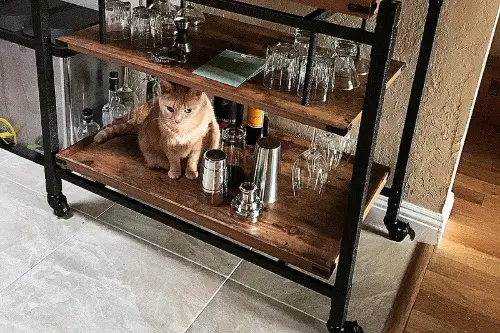
Bar carts are fun, stylish, and very photogenic—but mostly when you’re not actually using them. Stocked with fancy liquor bottles and expensive glasses, they’re curated more like a boutique display than a practical drink station. The average household member grabs a beer from the fridge or mixes a drink at the kitchen counter. The bar cart? It’s there to be admired.
In reality, many people rarely entertain at home with full cocktail service. The bar cart lives in the dining room or corner of the living room, looking glamorous but barely touched. It reflects an old-school ideal of adult entertaining that doesn’t quite match modern lifestyles. But it sure looks good on Instagram.
11. “Company” China
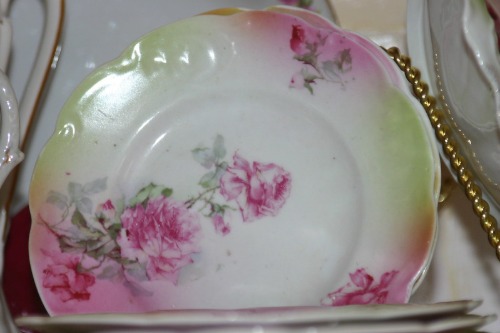
Special dishware that lives in a cabinet, rarely sees the light of day, and is definitely not dishwasher-safe—yes, we’re talking about the company china. This tradition is rooted in past generations where hosting was a formal event. Nowadays, even big family meals often involve casual dishware or even compostable plates. But the china remains, just in case someone wants to be impressed.
Ironically, many families feel too nervous to use these dishes, worrying about chips or stains. So they remain preserved like museum artifacts, more symbolic than practical. Some younger homeowners are choosing not to inherit or continue this tradition. But in homes that still have it, china is more about legacy than utility.
12. Fire Pit Lounges

Backyard fire pits with trendy seating and string lights feel like they’re straight out of a magazine. But how often do people who live there actually use them after the novelty wears off? They’re usually added to create an ambiance for guests, not because the family spends hours outside nightly. Weather, mosquitoes, and time constraints usually win.
Sure, a fire pit night is fun—once in a while. But for most households, it ends up being a seasonal accessory that’s barely lit. The effort to start the fire and keep it going outweighs the desire to actually sit around it. Still, it’s a must-have for the Pinterest-perfect guest-ready yard.
13. Decorative Throw Pillows
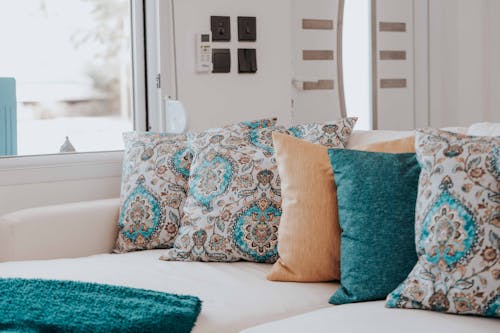
Decorative pillows are the unsung heroes of looking like you tried. They adorn guest beds, accent chairs, and couches—sometimes six deep—but are rarely used for actual support. Many families just move them off the bed or couch every night and throw them back on in the morning. They exist more to complete a “look” than to serve comfort.
Guests might appreciate the effort, but most of them don’t even know what to do with all those pillows. They end up stacked on the floor or awkwardly hugged during conversation. Homeowners keep them because they look nice, not because they’re functional. It’s a soft, squishy façade.
14. Welcome Mats With Sayings
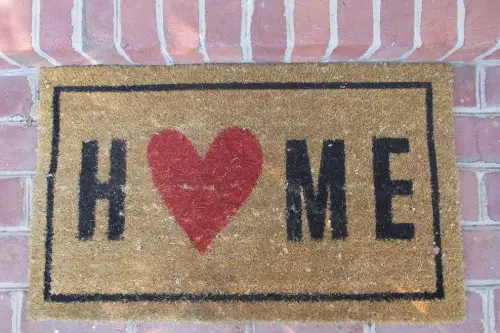
“Home Sweet Home” or “Hello Sunshine!” welcome mats are charming but performative. They’re placed for the benefit of those who come to the front door—again, mostly guests and delivery drivers. Residents usually enter through side or garage doors where there’s no such greeting. These mats are less about practicality and more about branding your household vibe.
Most people don’t wipe their feet there, and if they do, it’s once a week max. Yet these mats are swapped out seasonally and chosen with great care. They serve a social function, setting the tone before anyone walks in. But for the people who live there? It’s basically just another thing to clean.
15. Guest Baskets
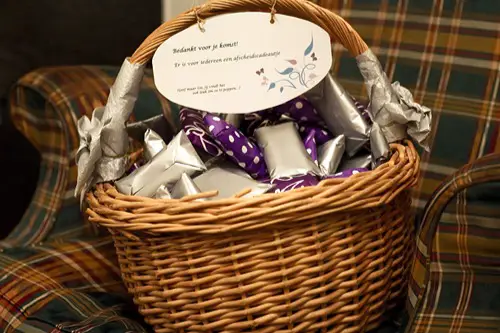
You’ve seen them in Airbnb listings and Pinterest posts: neatly arranged baskets of snacks, towels, and mini toiletries. Some homeowners keep one on hand “just in case” a guest stays over. It’s a lovely gesture—but often one that goes untouched. Guests either bring their own stuff or don’t stay long enough to use any of it.
These baskets make the home feel like a boutique hotel, which is great for first impressions. But the residents don’t benefit from this amenity at all—it’s like a personalized offering that no one remembers to update. Still, people keep them because they want to be seen as thoughtful hosts. Even if they only host once a year.
This post 15 Home Features That Were Designed for Guests—Not for the People Who Live There was first published on Greenhouse Black.
